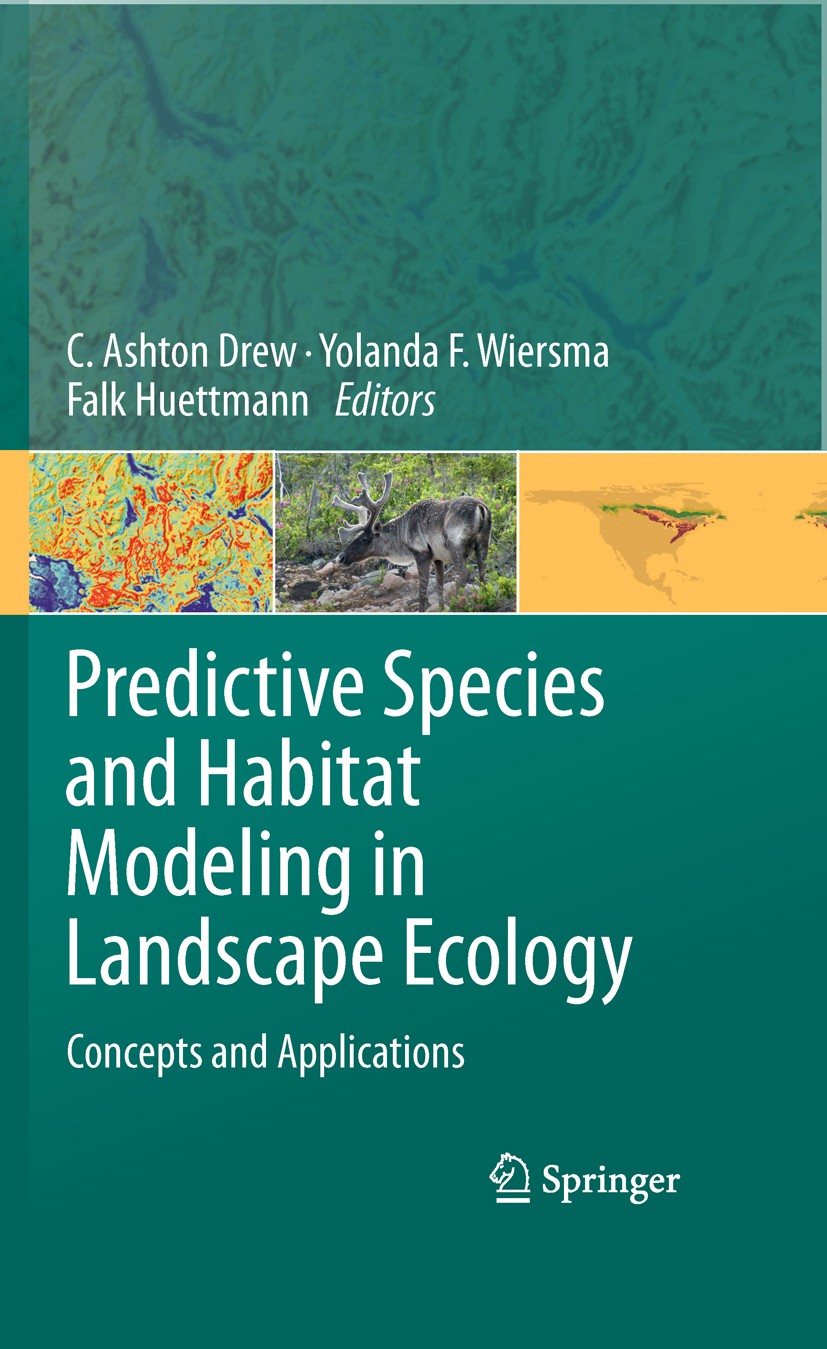| 书目名称 | Predictive Species and Habitat Modeling in Landscape Ecology | | 副标题 | Concepts and Applica | | 编辑 | C. Ashton Drew,Yolanda F. Wiersma,Falk Huettmann | | 视频video | http://file.papertrans.cn/755/754609/754609.mp4 | | 概述 | Highlights how fundamental ecological theories are being explicitly integrated into the model building processes.offers practical examples of how modelers are addressing the conflict between the compl | | 图书封面 |  | | 描述 | .Most projects in Landscape Ecology, at some point, define a species-habitat association. These models are inherently spatial, dealing with landscapes and their configurations. Whether coding behavioral rules for dispersal of simulated organisms through simulated landscapes, or designing the sampling extent of field surveys and experiments in real landscapes, landscape ecologists must make assumptions about how organisms experience and utilize the landscape. These convenient working postulates allow modelers to project the model in time and space, yet rarely are they explicitly considered. The early years of landscape ecology necessarily focused on the evolution of effective data sources, metrics, and statistical approaches that could truly capture the spatial and temporal patterns and processes of interest. Now that these tools are well established, we reflect on the ecological theories that underpin the assumptions commonly made during species distribution modeling and mapping. This is crucial for applying models to questions of global sustainability. ..Due to the inherent use of GIS for much of this kind of research, and as several authors’ research involves the production of mu | | 出版日期 | Book 2011 | | 关键词 | GIS; Landscape Ecology; adaptive management; ecological theory; mapping; modeling; prediction methods; Fish | | 版次 | 1 | | doi | https://doi.org/10.1007/978-1-4419-7390-0 | | isbn_softcover | 978-1-4899-8135-6 | | isbn_ebook | 978-1-4419-7390-0 | | copyright | Springer Science+Business Media, LLC 2011 |
The information of publication is updating

|
|
 |Archiver|手机版|小黑屋|
派博传思国际
( 京公网安备110108008328)
GMT+8, 2025-11-22 22:43
|Archiver|手机版|小黑屋|
派博传思国际
( 京公网安备110108008328)
GMT+8, 2025-11-22 22:43


